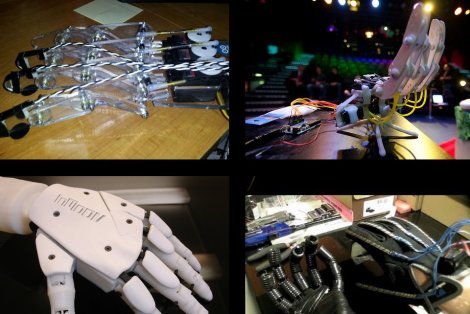What do you get when you combine motion sensors , a Raspberry Pi, and a pumpkin? When it’s Haloween, a headless scarecrow with a light-up carved pumpkin in its lap! The execution of this hack is really great, and the resulting effect, as shown in the video after the break, should be extremely scary to any kids that come knocking.
One neat effect of this hack is that it uses X10 home automation modules to turn off the porch lights for an extra scary effect. After this, the jack-o-lantern lights up and says “help me!” If you’d like to duplicate, or build on this hack, instructions are provided as well as source code for everything on the page. While you’re there, be sure to poke around on [Insentricity] as there are quite a few other hacks available for your perusal! Don’t forget sure to send us any other Halloween hacks that you come up with.

















